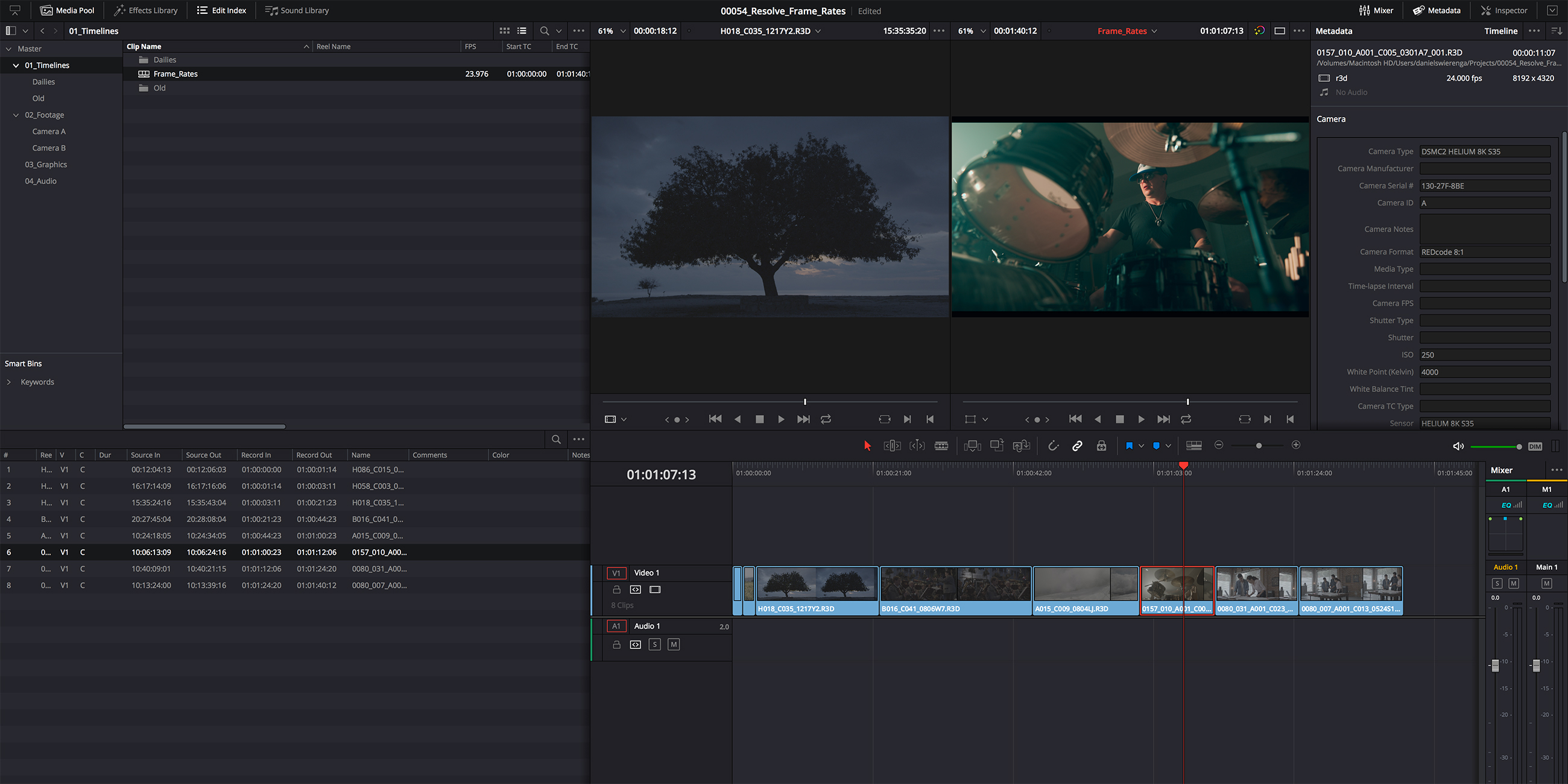

It’s clear, concise and most of all, it’s astoundingly well designed.

Meanwhile, Premiere Pro, if you want to cut a video together, put titles on and a few effects or transitions, the program is designed to cart you from one end to the other, with tonnes of tutorials even embedded straight into the program. However, it can be too much, and learning takes time, it takes patience, and even after two years of using it, I personally, still scratch my head at what I could have possibly done to break the end result. It’s not a known thing and getting to grips with the vast amount of control at your fingertips is wild. Only high-end software like Unreal or Nuke uses a Node-based system these days and that’s mostly out of necessity for the amount of information that needs organizing on screen at any one time. Looking at Resolve can be really intimidating. Resolve follows a traditional node-based interface in its color and Fusion FX tabs, while Adobe keeps with the layers that exist within its ecosystem since Photoshop.

This can be seen directly in how Resolve deals with time, which starts at “1:00:00”, instead of the more up-to-date digital “0”, to continue the replication of editing via tape.Īdobe meanwhile seems to be attempting to replicate the focus of Resolve, but with a lot more freedom for the user to create their own workspace area in the software.Ĭolour wheels, timelines, icons, and basic features are all similar in some ways, with major divergence in what other software they decide to pull from for other sections. Resolve is steeped in trying to replicate an older feeling, combining it with modern looks, and doing its best to keep each page strictly to what they’re intended for. The major difference between Resolve and Adobe is their affection for the past.


 0 kommentar(er)
0 kommentar(er)
